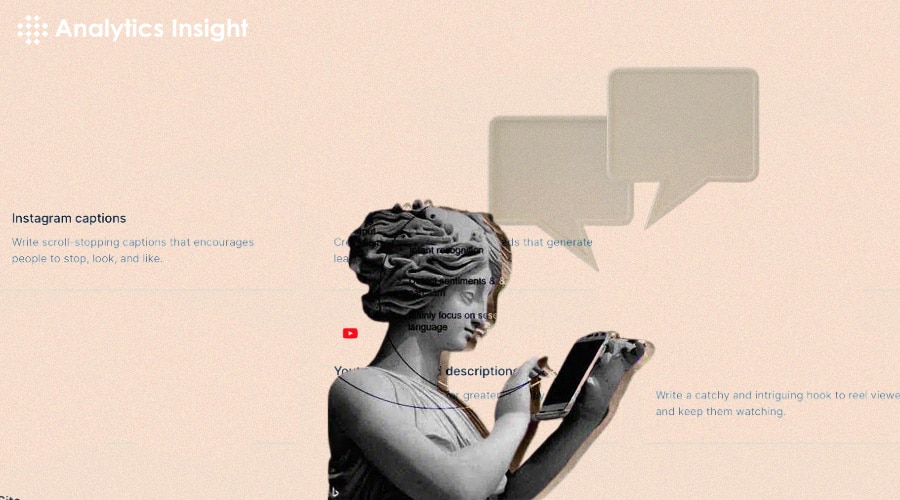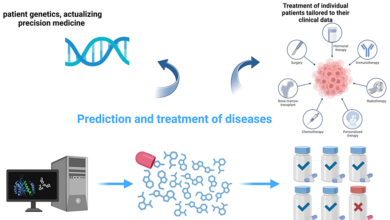Text Analytics Market to Reach US$23 Billion by 2028

Text Analytics market prediction: Discussing growth and challenges in expanding the analytics field
Text Analytics Market Prediction: The digital age is an endless labyrinth of data from which organizations must be able to mine actionable insights. Big data is a term we hear quite often as more and more sectors produce unstructured text data. The Text Analytics market is on the rise as the age of big data continues; it is destined to revolutionize industries, governance, and untold lanes of human potential.
Text Analytics growth has been underpinned by a combination of factors that have combined to shift the goalposts of what is possible. The Text Analytics market size was valued at US$8 billion in revenue in 2023 and is anticipated to reach US$23.09 billion by 2028, with a CAGR of 23.62% over the forecast period.
Driving Forces Behind Text Analytics Market Growth
Several key factors fuel the relentless expansion of the Text Analytics market:
Rising Adoption Across Various Industries:
Text analytics has become increasingly popular in different sectors ranging from Banking, Financial Services, and Insurance, Healthcare, Energy and Utility, Retail, and E-commerce, and many more. It allows businesses to gain valuable insight from previously untapped unstructured data sources such as customer feedback, emails, social media interactions, and market reports. The trend is likely to continue as the need for data-backed decision-making and improved operational efficiency grows more indispensable.
Technological Advancements:
The fast-paced evolution of technology is driving the development of the text analytics market. Leading market participants invest heavily in innovative technologies such as machine learning and artificial intelligence, and natural language processing to improve what their solutions will achieve. These innovations provide better sentiment analysis, entity detection, and even context-dependent information extraction, allowing companies to draw useful conclusions from large text datasets. Moreover, with the rapid development of technology new potential use cases are likely to appear, further driving market development.
Predictive Analytics:
Predictive analytics is proving to be a new force in text analytics. Predictive modeling techniques allow businesses to predict the future, understand the customer, and improve operational processes. Through algorithms and historical data, organizations can uncover patterns, identify outliers, and make data-driven forecasts that enable them to anticipate and respond resolutely to changes. These trends are anticipated to increase with the evolution of predictive analytics features in text analytics platforms, as businesses are increasingly eager for tomorrow’s intelligence to achieve a competitive advantage.
Social Media Analytics:
The increased adoption of social media platforms has revolutionized how businesses connect with their clients. Social media analytics, a category of text analytics, provides companies with the ability to track and measure brand mentions and source sentiment and information from user-generated content. The use of mobile devices has expanded, and social media use has exploded, demanding a new level of social media analytics to meet this trend. They gather information on customer habits to help a company plan marketing campaigns and events, as well as conclusions on user goods and services performance. Given these emerging trends in social media, this sub-segment’s importance in the text analytics market is anticipated to rise astronomically.
Global Recovery Trend:
One of the major drivers of the text analytics market is the global recovery trend supported by renewed economic growth and increased technology spending. Businesses strive to remain competitive in a rapidly changing environment, prompting an increased reliance on data analytics solutions. The recovery trend propels the demand for text analytics in all industries, as companies realize the potential of textual data for informed strategic decisions and hidden-competitor identification. Additionally, the inflow of investments and the appearance of promising startups are expected to contribute to the acceleration of the market’s expansion.
Key Market Restraints and Challenges
While the Text Analytics market presents lucrative opportunities, it is not without its share of challenges:
Evaluation Challenges:
Evaluation of text analytics methods is challenging. These challenges faced while working with text analytics may create a barrier to market penetration, especially for sentiment analysis, text classification, and text clustering. As these use-cases are inherently subjective, it is essential to ideate novel methodologies and approaches to accurate measurements.
Lack of Gold-Standard Data:
Gold-standard data, essential for benchmarking and validating text analytics techniques, are often scarce in industrial settings. The absence of reliable data sources complicates the evaluation process, impeding the widespread adoption and advancement of text analytics solutions.
Subjectivity in Applications:
The subjective nature of certain text analytics applications adds another layer of complexity to the evaluation process. Indeed, tasks such as sentiment analysis, text classification, or text clustering are subjective and thus challenging to appropriately measure and evaluate.
Emerging Trends Shaping the Text Analytics Market
Despite the prevailing challenges, several emerging trends are reshaping the landscape of the Text Analytics market:
Key Players and Technologies:
Several main text analytics market participants, such as Hewlett Packard Enterprise Development LP, Amazon.com, Google, LLC (Alphabet), SAP SE, IBM Corporation, and Inbenta Holdings Inc., drive continuous innovation in the market based on state-of-the-art technology. The most prominent technological advances include natural language processing, text mining, and text analytics that support businesses in deriving actionable insights from unstructured text data.
Importance in Business:
Text analytics is emerging as a pivotal aspect of modern business models. Companies can leverage the potential of insights from unstructured text data to learn more about their customers and their preferences, prospects, market research, trends, and patterns, enabling them to make data-backed decisions that ensure the growth and development of businesses.
Applications Across Industries:
The application of text analytics is broad and includes applications such as generating insights, customer feedback, detecting fraud, optimizing search engine optimization, and managing risk. Zonka Feedback and MonkeyLearn tools, for example, can be used to help analyze data for the utilizing and mitigating of SEO fraud risk.
Conclusion
Looking forward, the future of Text Analytics market provides a promising but tumultuous picture for entrepreneurs, investors, and other stakeholders. The combination of advanced technologies, broadening industry applications, and the rise of predictive analytics and social media analytics is fostering exponential growth and unparalleled innovation. Concurrently, finding solutions to value evaluation conundrums, bridging the gold standard gap, and managing the subjective dimension related to various applications are “make it or break it” tasks.
Over the next decade, the Text Analytics market is going to transform industries, invigorate decision-making processes, and tap into the remaining potential lying within unstructured text data. Reliant on emerging trends and technologies and inspired by a spirit of collaboration and invention, stakeholders are about to uncover new growth horizons that will solidify Text Analytics’ status as the foundational pillar of the data analytics ecosystem.
FAQs
Is text analytics in demand?
Yes. The growing demand for text categorization, competitive intelligence, and customer service insights has fueled the demand for text analytics.
What is Text Analytics and is it similar to NLP?
Text analytics is a branch of computer science that uses machine learning and NLP to understand unstructured text.
How text analytics is used in marketing?
Text analytics allows businesses to gain valuable insight from previously untapped unstructured data sources such as customer feedback, emails, social media interactions, and market reports.
What is the value of text analytics?
Text analytics helps businesses make sense of large volumes of unstructured text data, such as customer feedback, social media comments, and support tickets, in an efficient and scalable way.
What is the main operation of text analytics?
The main operation of text analytics is to automatically extract meaning from unstructured text data. This is done to uncover trends, patterns, and insights that can be quantified and visualized. This approach enables businesses to make data-driven decisions.




